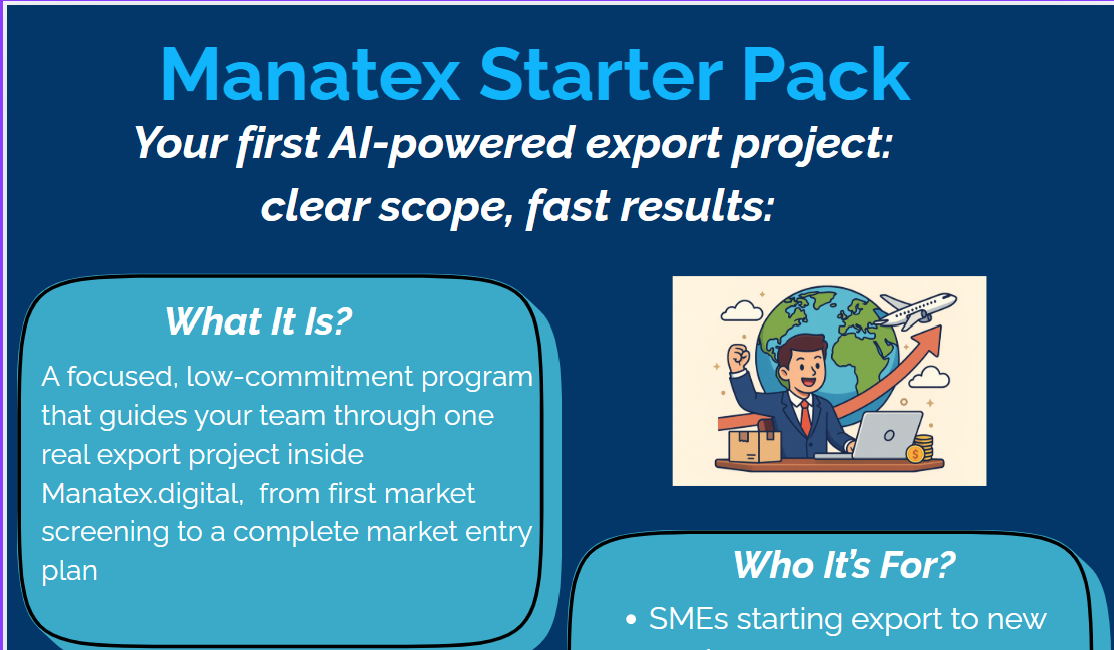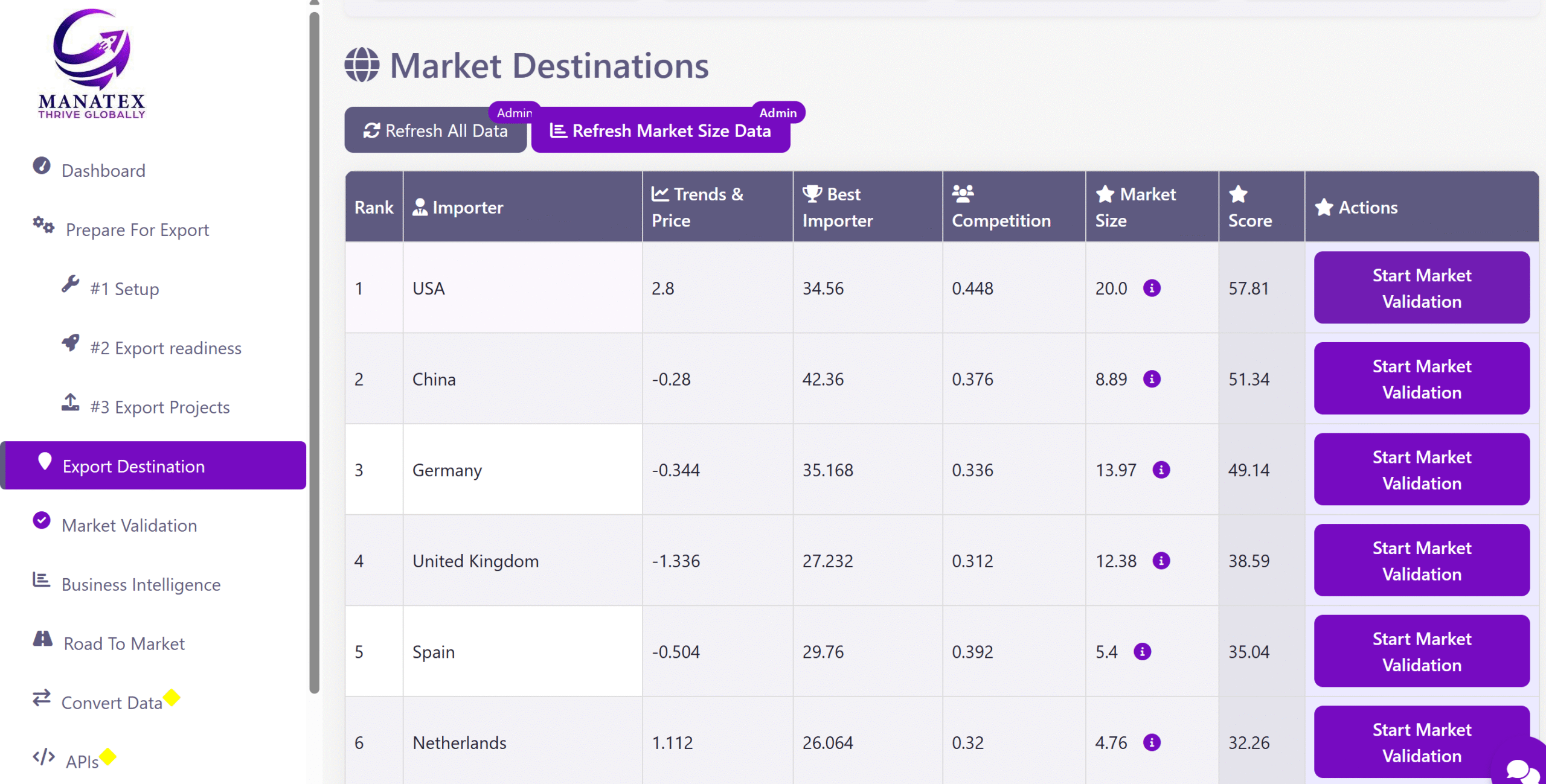Getting interest from international prospects is hard — but turning that interest into signed deals? Even harder. Many companies invest in trade shows, outreach, and samples, only to see their leads go cold. Sound familiar?
From our experience, fewer than 10% of companies ever create a real export strategy. Most approach international sales opportunistically: targeting the wrong markets, choosing trade shows at random, and wasting money sending samples everywhere.
The probability to fail with this opportunistic approach exceeds 90%. And it’s not because of product quality or lack of ambition. It’s because they rely on guesswork, outdated methods, and generic assumptions.
The problem isn’t always the product. More often, it’s a lack of strategy, unclear value proposition, poor follow-up, or mismatched partners. The good news? All of that can be fixed — if you shift from guesswork to process.
Let’s break down the most common blockers to closing international deals — and what successful exporters do instead.
No clear ICP (Ideal Customer Profile)
Exporters often say “our product is for everyone,” but that kills targeting.
→ Without a defined ICP, you waste time chasing the wrong leads.
Market entry based on guess, not data
Many companies pick export markets based on gut feeling, random inquiries, or “what competitors do”, or “Let’s try China – it’s big”
→ This leads to poor alignment and underwhelming traction.
Manual, time-consuming prospecting
Teams burn hours researching, emailing, and tracking info across disconnected spreadsheets.
→ Slow, exhausting, and inconsistent.
Lack of follow-up process
Even when leads come in, there’s often no structured follow-up or pipeline to nurture them.
→ Leads go cold. Opportunities vanish.
The most ridiculous situation is trying to follow up months after some events and trade shows (being long forgotten by potential clients)
Strategy is a PowerPoint – not a system
Many firms confuse “a plan” with “execution.”
→ Export strategy stays theoretical. Nothing happens on the ground.
What to do instead?
The approach should be complex.
Winning exporters follow a structured, data-driven process:
- Choose markets wisely. Analyze trade data, understand demand, and assess your own readiness.
- Understand market-specific channels. Don’t assume foreign markets mirror your domestic one — B2B buyer behavior can differ drastically.
- Build a clear ICP. Know exactly who you want to reach, and how.
- Pick a lead generation method (local experts, trade shows, or digital outreach) — then test and iterate.
- Craft a strong commercial offer. If the market fit is right and your value proposition is clear, lead generation should not be the bottleneck.
Manatex.digital AI Platform will support your company at every stage of Internationalization. Please book a demo, if interested to know more: contact@manatex.co





